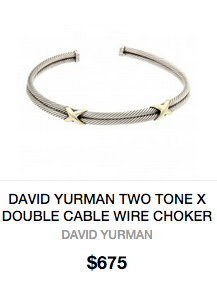The Surprising History Behind Modern Trends
Art and fashion are always depicted as a sign of their time, but that doesn’t mean every design is an original. Many of the popular runway trends have an interesting and sometimes surprising history. Check out some of our favorite trends and learn the story behind the jewelry designs.
Choker Necklaces
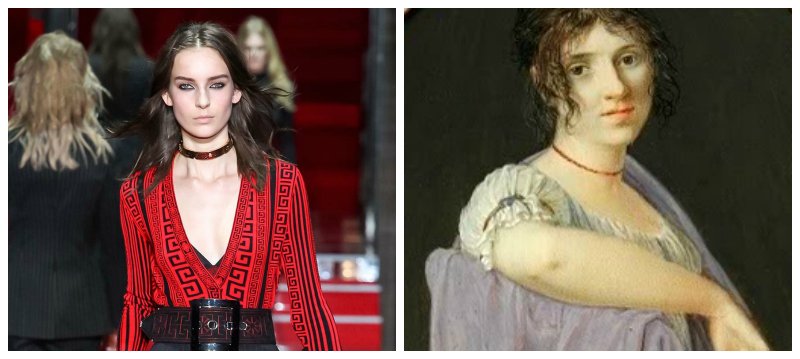
The choker was ubiquitous at New York Fashion Week this fall, but it’s origins are less fashion-forward and more politically minded. Though the current trend is a revitalized version of the classic ’90s look, the true origins date back hundreds of years earlier.
During the French Revolution in the 18th century, women would tie a red ribbon around their neck to represent a rather grim occurrence. Though the nobility wore fashionable and elaborate designs as chokers, the commoners took to simple, red ribbon as a silent protest. The choker was a tribute to those who has died at the French guillotines. Slowly, the trend spread, originally as a sign of solidarity. Over time, stones and other eccentricities were added to the ribbon for a more stylish look.
Collar Necklaces
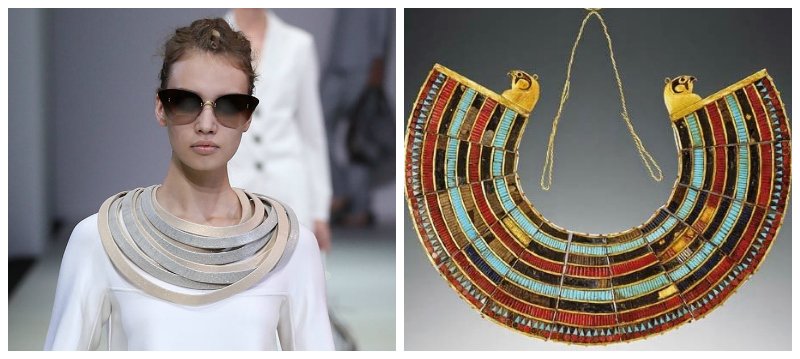
The collar necklace has made quite the comeback after several thousand years. The collar was a popular jewelery in ancient Egypt and the influence of the design has lasted ever since.
The term for Ancient Egyptian collars is a pectoral, and more specifically the Usekh collar. This type of collar was worn by the wealthiest and most powerful Egyptians, men and women alike. The Usekh collars were typically made of beads or entirely of metal with gold clasps.
Baroque Jewelry
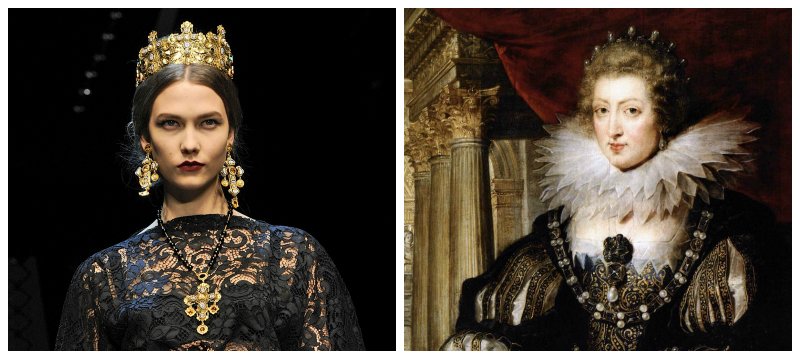
The Baroque style of jewelry was influenced by the clothing of the Renaissance period. The restricting and structured nature of dresses of the earlier period evolved into a more freeing less restricting style. The jewelry styles of the period evolved to match this new style.
The style was extravagant and luxurious, featuring gold, pearls and diamonds. The wealthy of the time period used their jewelry to display the scope of their power. Jewelry transitioned from a personal sentiment to an assertion of power during the Baroque period. Diamonds and pearls especially gained popularity during this time and diamond-cutting techniques were more thoroughly developed with the introduction of the brilliant cut.
Art Deco Jewelry
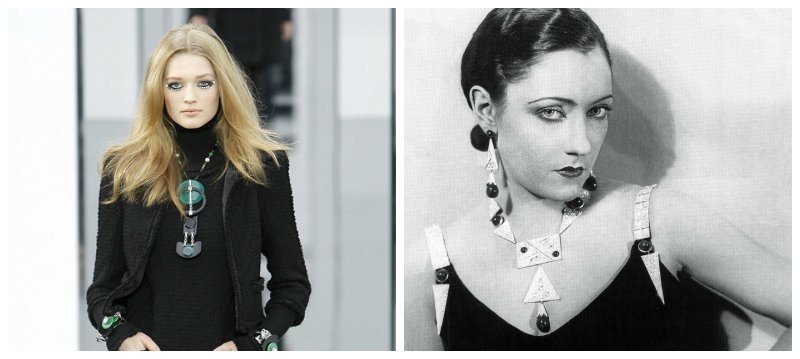
From the 1920’s throughout the ’30s, art was closely tied to industrial designs and this carried over to jewelry design. The designs were geometric and angular with symmetry and patterns. The rigid and industrial designs didn’t necessarily mean the designs were minimalist or lacking in extravagance.
The gemstones weren’t always cut for maximum yield or shine, but for their design purposes. During this period, Cartier expanded on colorful, carved gemstones that became known as tutti frutti. During the ’30s, the designs became larger and relied primarily on diamonds and platinum in the same lavish and geometric designs.




